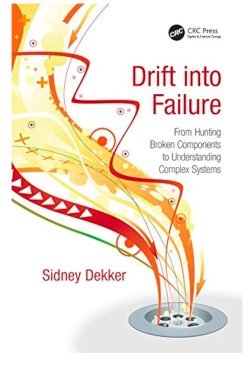oz_mark
Enthusiast
- Joined
- Jun 30, 2002
- Posts
- 21,647
I dare say that Straitman has been intimately familiar with all those documents, resources and literature.I can suggest looking into aviation regulatory documents, pilot training resources, or technical literature on helicopter aerodynamics and flight control.

















